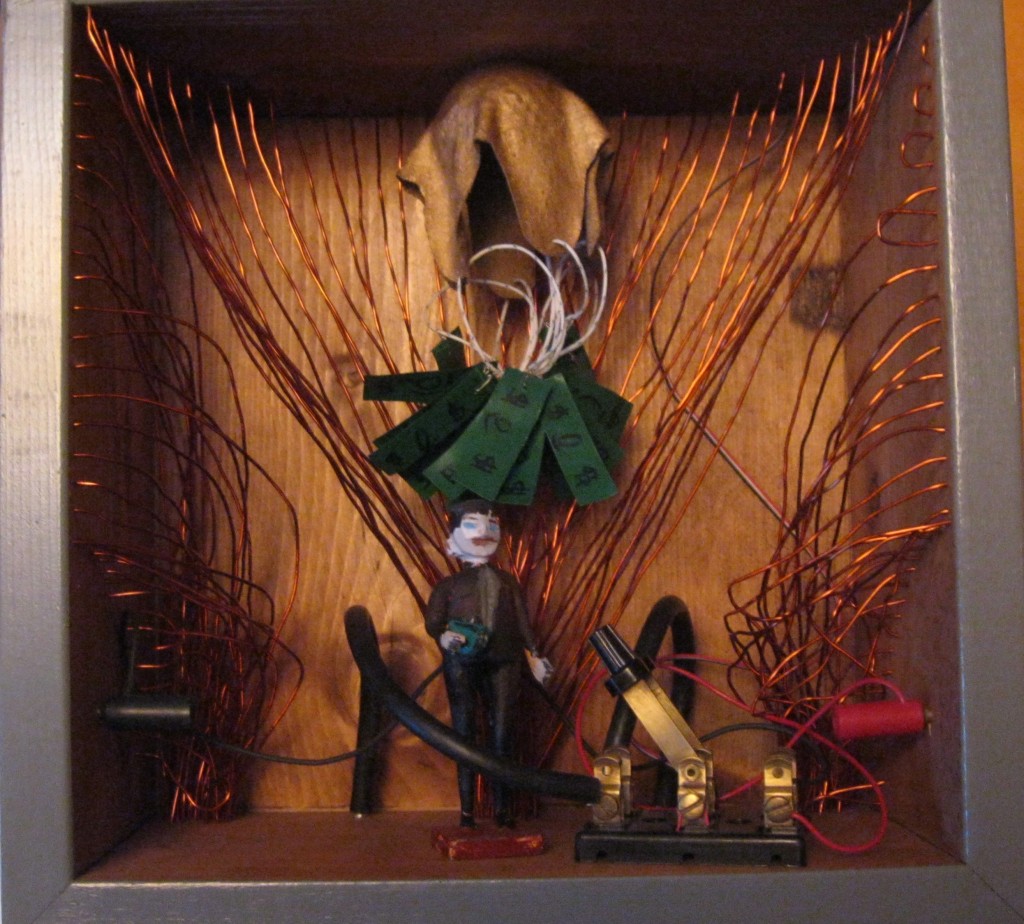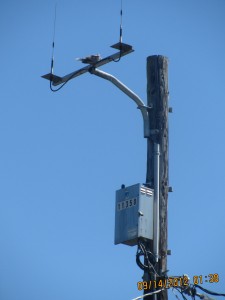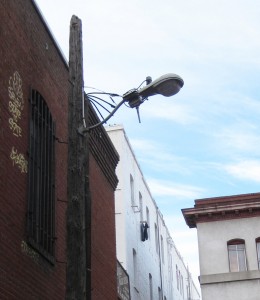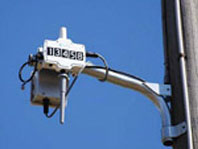 Last week evidentiary hearings were held in San Francisco in the Smart Meter Opt Out proceeding. On behalf of the EMF Safety Network I prepared questions for, and cross examined nine witnesses with a focus on who should pay the costs of customers retaining or restoring analog utility meters. We say shareholders should pay, but most other parties said individuals should pay.
Last week evidentiary hearings were held in San Francisco in the Smart Meter Opt Out proceeding. On behalf of the EMF Safety Network I prepared questions for, and cross examined nine witnesses with a focus on who should pay the costs of customers retaining or restoring analog utility meters. We say shareholders should pay, but most other parties said individuals should pay.
PG&E wants to keep the current interim rates of $75/$10 and $10/$5 and socialize the rest. SCE, SDG&E and So Cal Gas want to charge even more. For customers with two utility companies, they could be charged twice.
The seasoned consumer advocates in the proceeding do not support our position. The DRA did not address cost allocation. The Utility Reform Network (TURN) changed it’s public position radically, from boycott the meters, to require 50% shareholder responsibility, and now to individuals should pay 100% of the costs. Aglet Consumer Alliance is advocating for no cost for medical conditions, but for all others he suggests individuals pay $30 and $3 a month.
We need to prove that its wrong to charge individuals for not having a Smart Meter and why shareholders should pay. This will be done through filing of briefs which are due January 14.
You can help by filing a complaint about the fees first with your utility, then with the Consumers Affairs Branch. The Consumer Protection and Safety Division (CPSD) will likely investigate this issue if there are hundreds of complaints. Also please attend a public participation hearing in your area.
PG&E currently estimates over 237,000 utility meters are/or will be unable to complete. May of these customers are refusing to choose between accepting a Smart Meter or paying to keep the analog meter, or they are denying access. PG&E says they plan to place these customers in the opt-out program after several attempts to get them to decide.
The PG&E witness James Meadows said, under oath, that breaking locks or crossing fences to force Smart Meter installation was not a practice they would approve.
To the question of whether or not SCE customers can have an analog meter SCE witness L. Oliva responded , “I think they can.”
I asked Raymond Blatter, a PG&E witness the following question, “Do you consider it reasonable that if a SmartMeter is installed on someone’s home and they’re experiencing headaches or sleep problems or ringing in the ears, that that person should have to pay not to have that device on their home?”
Mr. Blatter answered, “I think that if that customer receives a benefit of not having that meter on their home, that they should pay for that benefit or at least partially pay for it.”
Well, I don’t think that line of reasoning can hold up for long! A conclusion to this proceeding is expected by next Spring.
 The Division of Ratepayer Advocates (DRA) is a consumer advocacy division within the California Public Utility Commission (CPUC). The DRA’s statutory mission is “to obtain the lowest possible rate for service consistent with reliable and safe service levels. In fulfilling this goal, DRA also advocates for customer and environmental protections.”
The Division of Ratepayer Advocates (DRA) is a consumer advocacy division within the California Public Utility Commission (CPUC). The DRA’s statutory mission is “to obtain the lowest possible rate for service consistent with reliable and safe service levels. In fulfilling this goal, DRA also advocates for customer and environmental protections.”





